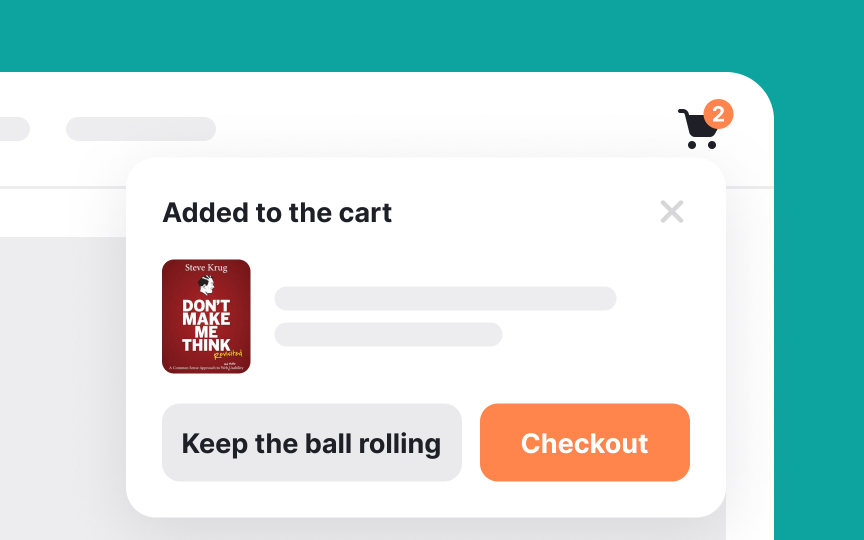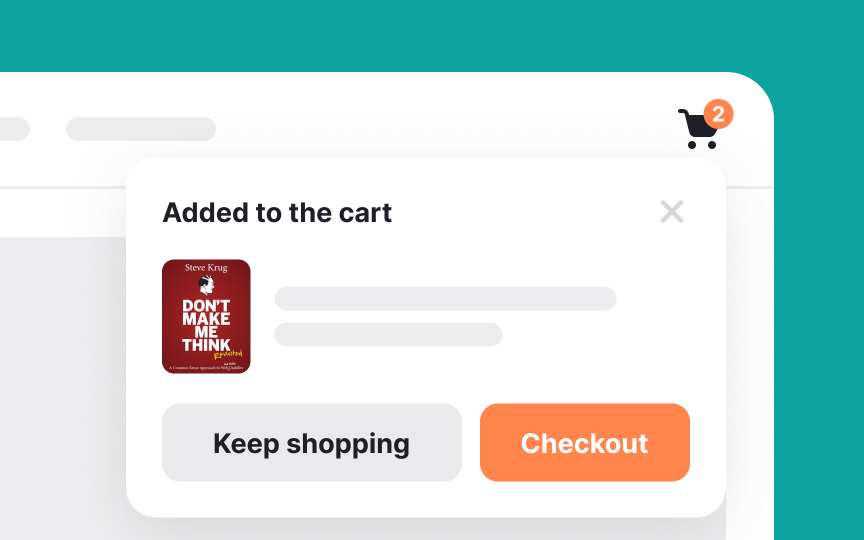Generation of patterns
People are naturally drawn to patterns. Our brains resist change and seek the easiest way to complete tasks. We tend to rely on past experiences and look for familiar patterns when facing new challenges. For example, when visiting a website, we expect the menu to be at the top or inside a hamburger icon.
We expect both the appearance (UI patterns) and behavior (UX patterns) of elements to follow familiar norms. When things don’t match our expectations, we can feel confused or frustrated.[1]
In UX writing, it’s essential to avoid forcing users to learn new terminology. Giving standard buttons unique names increases cognitive load and slows down task completion.
While every product is unique, common elements should be familiar, behave consistently, and use standard terms. As Jakob Nielsen puts it, “People don’t want to spend time learning; they want to spend time doing.”[2] So, use "Like" instead of "Appreciate post" or "Buy" instead of "Make a purchase."



